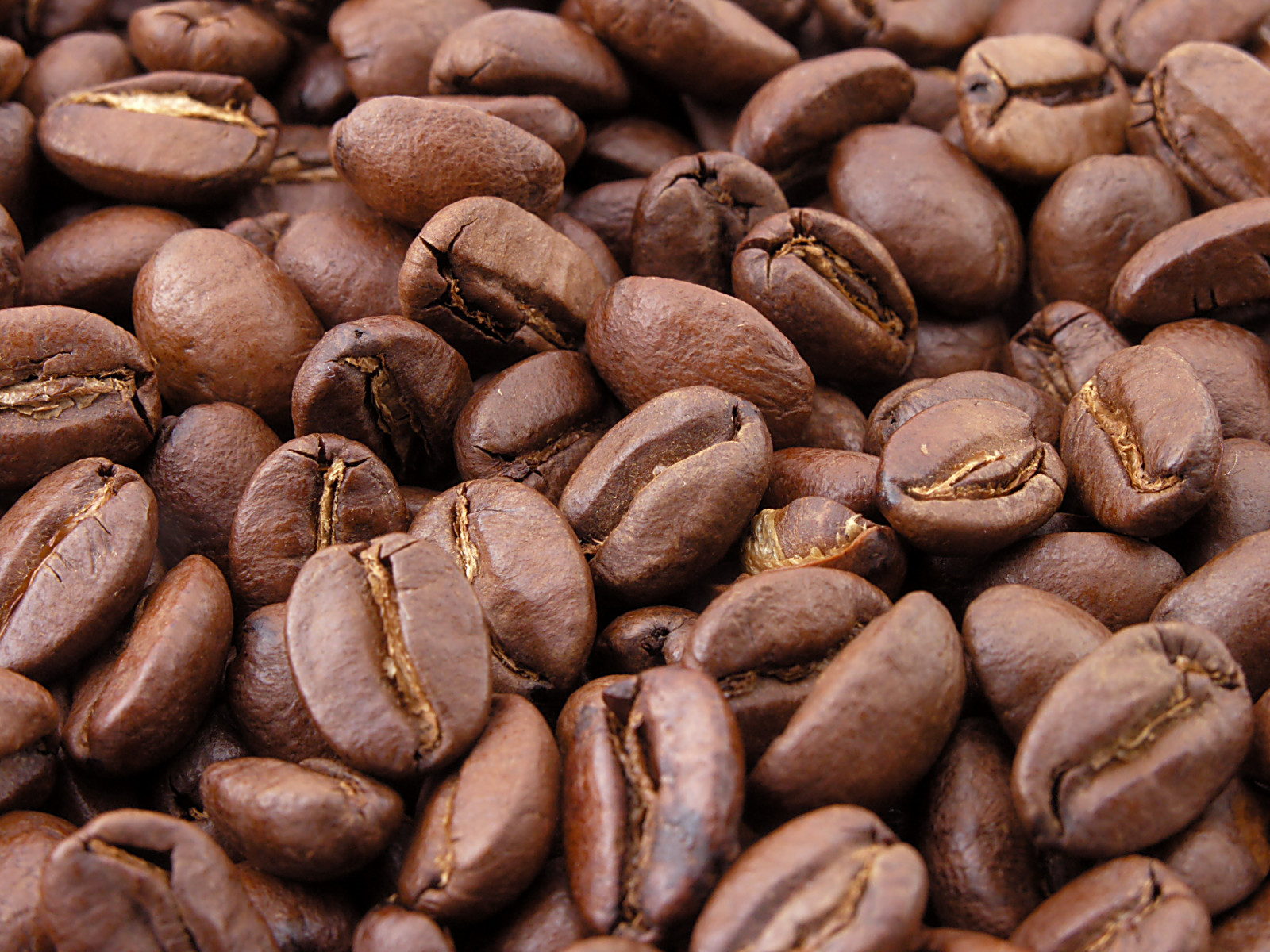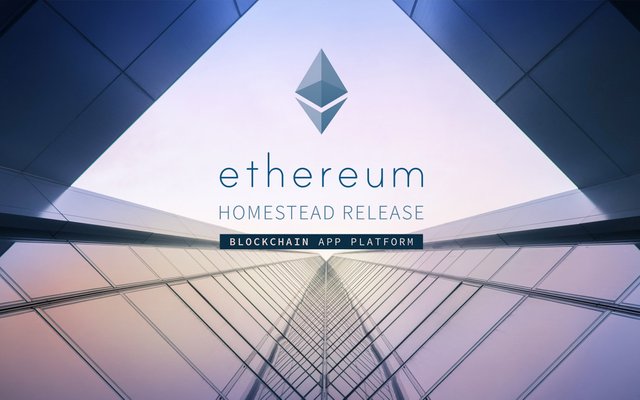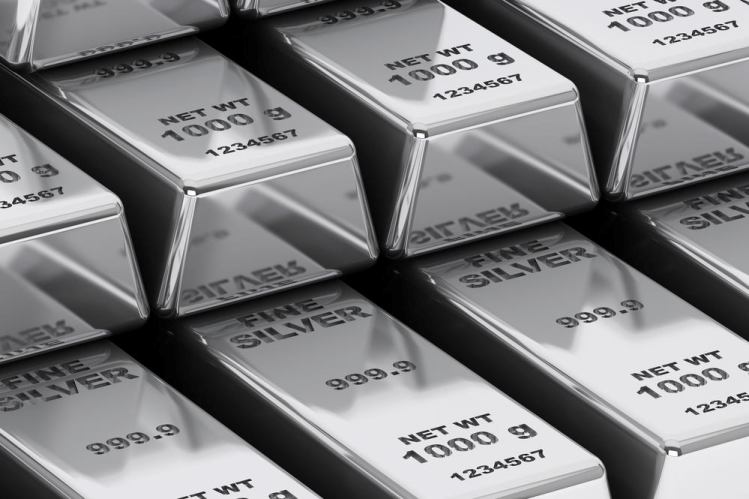According to Investopedia, "A commodity is a basic good used in commerce that is interchangeable with other commodities of the same type. Commonly traded commodities include gold, beef, oil, coffee beans, silver, and platinum." A unifying characteristic of commodities is that they are raw inputs. Let us take coffee as an example. Every cup of coffee requires coffee beans, and those beans are commodities. The final cup served at your local cafe may end up costing a consumer many times the value of the physical beans in that cup.

I suggest that as a category, commodities have been suffering on a long term and short term cycle. Silver (longest term) and Ether (short term) both are influenced by similar demands. Silver to drive many industries like healthcare and technology. Ether to drive usage of the distributed computer resource network that is the Ethereum Virtual Machine.

Of all the different ways that cryptoassets can represent value, one distinct way is by functioning as a commodity. I first read the term "crypto commodity" in the book Cryptoassets: The Innovative Investor's Guide to Bitcoin and Beyond by Chris Burniske. The strength of putting ether in the commodity bucket comes from the driving analogy of ether as the fuel for utilizing the ether network. If several of the projects being developed on the Ethereum blockchain achieve success then it would be entirely valid to update Investopedia's list of commodities to include Ether and even other crypto commodities.
So now we have reinforced the argument that ether is a commodity. Where does that leave us? Commodities present an interesting challenge for markets. Fundamentally, markets are a place for buyers and sellers to interact and exchange beneficial ownership in a good or service. But how can buyers and sellers trust that the physical commodity will get to its destination upon a successful bid? In the U.S. prices for commodities are largely determined on the COMEX but few contracts are actually physically settled. Moving physical assets, especially heavy metals like Silver incurs transaction costs which most would be happy to avoid.
This bolsters the argument for a more highly developed derivatives trading platform for commodities like ether. Because if an investor believes that the Ethereum platform is going to be successful in 9 months, an investor may want to hold the asset on that specific day but that does not mean I want to hold it long every day between now and then.
And thus pandora's box is open. This small systematic difference between the notional spot price and the physically settled price is one of the reasons why spot prices historically do not perfectly track the price of a commodity for physical delivery. One of the potential ways to close the spread between a notional spot and physical settled market may be to use a decentralized exchange protocol to take a net long or short position to a specific set of assets.
Thanks for reading. In the next post I will discuss how the Bitshares architecture allows for the exchange of commodities product in an effective way.
And since this was a post on commodities I could not let it end without at least one image of the shiny - 
Can the words Ether and Etherium be replaced by Steem and Steemit as commodities?
Downvoting a post can decrease pending rewards and make it less visible. Common reasons:
Submit
Interesting question @ronaldovelino. Ether is the fuel that enables the holder to use the virtual machine (EVM). Technically when you run an operation on the EVM you spend ether in the form of "gas" so you literally use up the commodity.
For steem it is not a perfect comparison because steemit is an application running on top of the steem blockchain. You may have seen the other similar applications for different regions (like GOLOS) that offer a service similar to steemit but with their own flavor. Technically both steemit and GOLOS are "block explorers" that comb the steem blockchain and post data in a user-friendly way.
I don't think steem is a commodity in the same sense that ether is because steem is not required to make a post or interact with the steem blockchain.
So ultimately Ether = fuel; Ethereum = global distributed network resources
Steem = social currency; Steemit = an application/block explorer on top of the steem blockchain.
Make sense?
Downvoting a post can decrease pending rewards and make it less visible. Common reasons:
Submit
Yes, it makes sense. Thanks for the explanation.
Downvoting a post can decrease pending rewards and make it less visible. Common reasons:
Submit
If only everything were as simple as silver! It's phyiscal, shiny, and useful!
Downvoting a post can decrease pending rewards and make it less visible. Common reasons:
Submit
Welcome to #steemsilvergold!
Downvoting a post can decrease pending rewards and make it less visible. Common reasons:
Submit